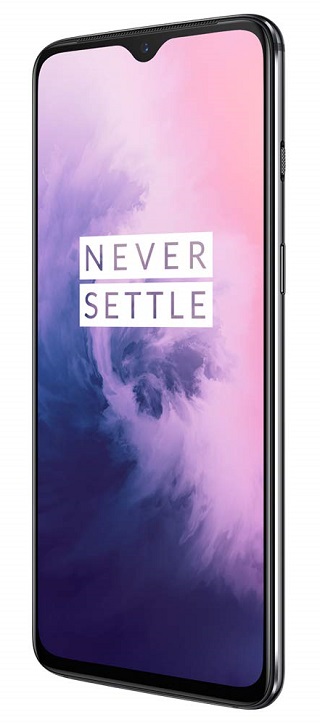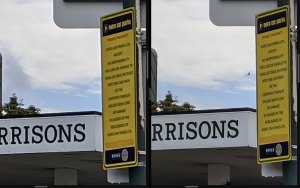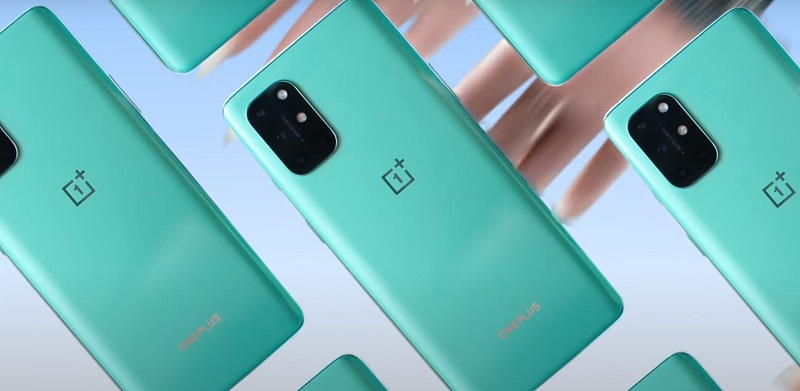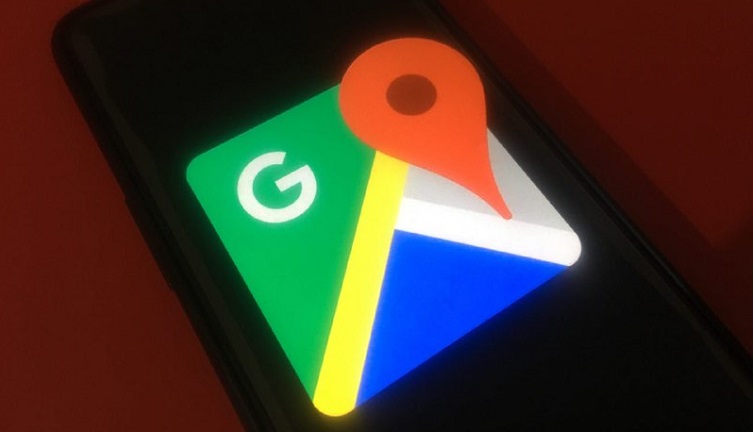Android is a pretty wonderful and open platform. It spans across hundreds of different OEMs, all with different takes on various aspects of the smartphone experience.
For the most part, these top tier Android devices use similar parts such as camera sensors and chipsets. This leaves aspects like the camera software as the main differentiating factor.

We all know that Google is the king of computational photography, managing to get stunning images from sensors that are not so much different from its competitors.
The developer community saw this as an opportunity. Thanks to initiatives like GCam, users have been able to get Pixel-level photos out of similar hardware from devices from the likes of Asus, OnePlus and Xiaomi via ported Google Camera apps, GCam ports.
Unfortunately, this project seems to be in danger for users of OnePlus devices. According to a developer from GCam, OnePlus is no longer a recommendation from him.
Why you ask? Well, according to the blogpost, OnePlus is introducing limitations in Android 11-based OxygenOS 11 that curb access to the full sensor resolution and the auxiliary camera sensors.
Until not long ago, the OnePlus 7/7T, 8/8T, and Nord series couldn’t use all cameras without root. This by itself was already bad, but when a developer found a way of accessing all cameras, OnePlus decided to block his method with the Android 11 update. It also forces modders to do extra work to support OnePlus devices and not everyone is inclined to do so.
So why is OnePlus doing this? Why is a company that prides itself in being an enthusiast brand, a Developer-friendly brand, going against the grain and introducing new limitations on its hardware?
Well, two reasons. First, OnePlus being worried about possible security issues, to them wanting people to use their own app instead. Secondly, maybe they (OnePlus) didn’t like the negative feedback from users when they found out that the sensors used on the wide/macro/telephoto cameras are far worse and cheaper than the main sensor.1

These limitations have already started to come into play and the developer notes of this one case of the ZenFone 6, which has the same Sony IMX586 sensor as the OnePlus 7/7T, OnePlus 8/8T, and OnePlus Nord series.
While Asus still allows access to the full 48MP resolution, OnePlus in OxygenOS 11 curbs this at 12MP for third-party camera apps like GCam. This results in images whose difference is night and day.

What happens now? Well, the developer hasn’t exactly talked about the way forward for GCam development for OnePlus devices, other than pointing out the fact that this forces modders to do extra work to support OnePlus devices.
We shall continue to keep an eye on this OxygenOS 11 GCam issue and update as and when we get more info so stay tuned to PiunikaWeb. It is, however, sad to see an OEM going back on its word and introducing new hurdles to development.
NOTE: We have these and many more OnePlus stories in our dedicated OnePlus section.
PiunikaWeb started as purely an investigative tech journalism website with main focus on ‘breaking’ or ‘exclusive’ news. In no time, our stories got picked up by the likes of Forbes, Foxnews, Gizmodo, TechCrunch, Engadget, The Verge, Macrumors, and many others. Want to know more about us? Head here.


